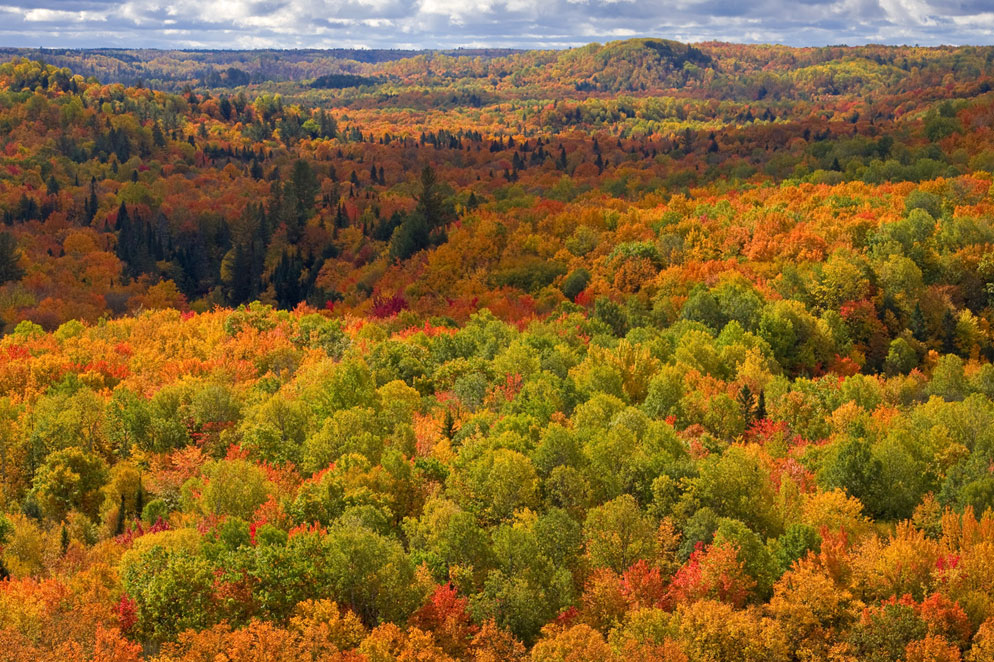Guanacaste, Costa Rica, might not be the first place that comes to mind when you think of autumn foliage. We’re more famous for our sunny beaches and dry forests. However, as the rainy season winds down and the landscape transitions, a subtle but beautiful shift occurs. Many of our native trees, such as the magnificent Guanacaste tree itself (from which our province derives its name), the Malinche, and the Roble, put on a spectacular show of yellows, oranges, and reds. It’s a unique tropical take on the fall colors many are accustomed to, offering a different kind of beauty that’s truly special to our corner of the world.
This time of year presents a wonderful opportunity for local photographers and visitors alike to capture the essence of our changing environment. While it may not be the fiery reds of New England, the warm hues that emerge are a testament to nature’s resilience and adaptability. It’s a chance to see our familiar landscapes in a new light, appreciating the nuances of color that appear as the dry season takes hold. So, let’s get out there and explore the photographic magic that Guanacaste offers during this beautiful, often overlooked, season.
When you’re out shooting, pay close attention to the light. Overcast days can be your best friend for capturing the beauty of foliage. Unlike colder climates, where a sunny day might be ideal, in Guanacaste, the soft, even light from clouds helps to beautifully saturate those tropical autumn colors. You can shoot all day without harsh shadows. If you do opt for a sunny day, aim for the golden hours – early morning or late afternoon. The low-angle sunlight will cast a warm glow, enhancing the intensity of the leaves and creating beautiful side-lighting effects that bring out texture and depth.
For your camera settings, using Matrix metering is a good starting point, as it takes the whole scene into account. Don’t be afraid to use exposure compensation to fine-tune saturation. To maintain a good depth of field for those landscape shots, consider increasing your ISO. This allows for a faster shutter speed, which is helpful when hand-holding your camera, ensuring your shots remain sharp. Using a tripod is highly recommended, especially when shooting in low-light conditions or experimenting with longer exposures to capture movement, such as wind rustling through the leaves.

- Photography tips and techniques for capturing autumn foliage effectively. Source: nikonusa.com
To really make your autumn foliage shots stand out, consider finding higher vantage points. A hill, an overlook, or even just a sturdy ladder can give you a breathtaking sense of scale and showcase the expanse of color across the landscape. These elevated views can reveal patterns and a grandeur that ground-level shots might miss, offering a more complete look at the seasonal transformation. Look for those “famous overlooks” or simply find a natural rise in the terrain that gives you a commanding view of the colorful trees.
Don’t forget to look down too! As the season progresses, the forest floor can become a blanket of fallen leaves, offering a different kind of beauty and texture. Water features, like rivers and ponds, can also be magical during this time. The water reflects the colorful trees, adding another layer of visual interest and mood to your photographs. Consider using a longer lens to isolate specific, colorful branches against a blurred background, or to capture the subtle beauty of mist rising from a lake in the early morning, adding an atmospheric and mysterious quality to your images.
Header Image Source: AI-generated image
